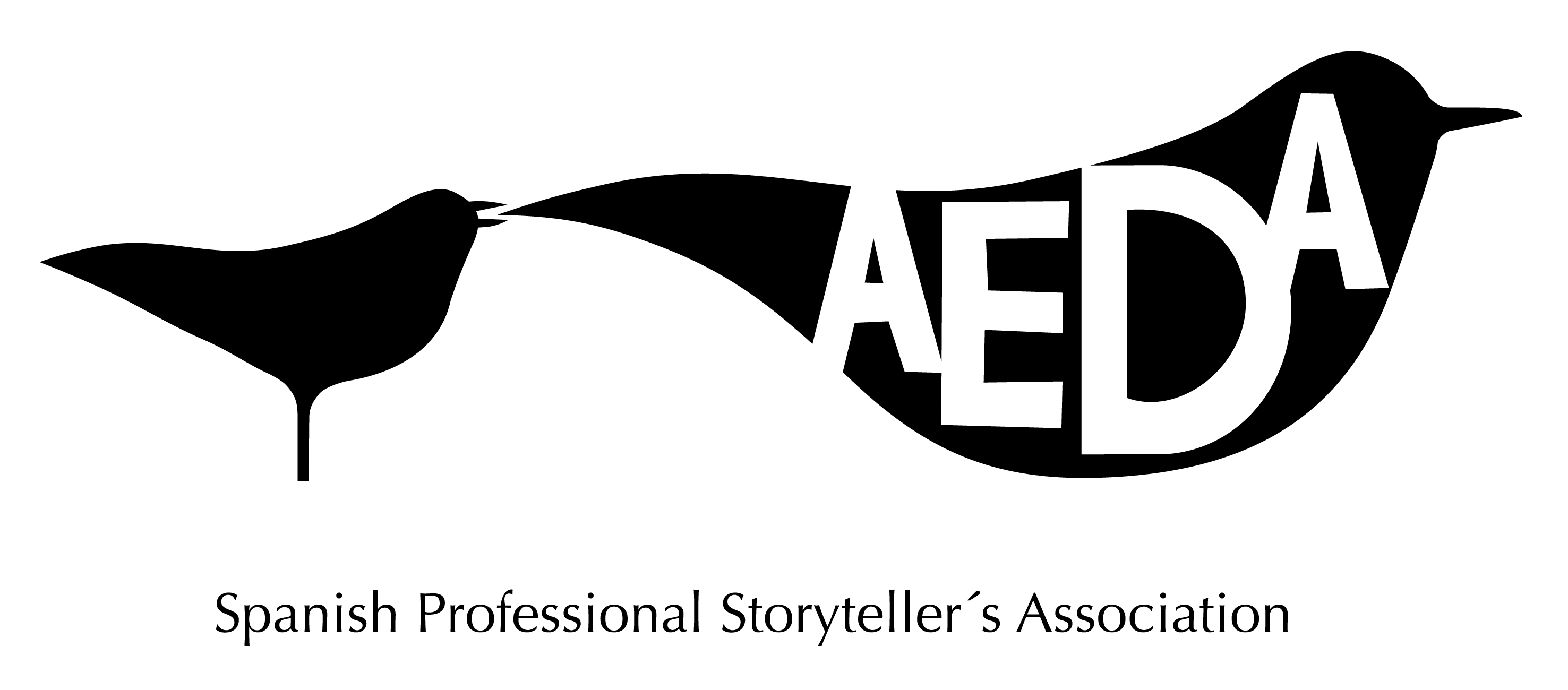RECOMMENDATIONS FOR THE SUCCESSFUL DELIVERY OF A STORYTELLING SESSION
Preamble
The intention of this document is to provide recommendations in order that storytellers can successfully develop their work while dealing with those external factors surrounding the act of telling.
It points out the ideal,or optimum conditions in which to perform oral narration sessions, both indoors and outdoors, by creating a suitable atmosphere for the spoken word.
DECALOGUE. STORYTELLING CONDITIONS
SPACE
1 Storytelling requires peaceful, serene spaces.
The delivery of a storytelling session must take place in a room dedicated exclusively to the activity. That way noise and other activities which may distract the attention of the public are avoided.
It is important that the temperature in the room is pleasant; neither too high nor too low, so that both the public and the storyteller feel comfortable.
It is essential for the successful execution of a storytelling show that it is not located in a transit area (lobby, entrance hall, corridor, common area, etc.) as the continuous interruptions and possible noise will prevent the creation of a good listening atmosphere.
It would be useful to have the space in which the session is to take place for sufficient time in order to carry out the necessary preparation (set up, preparation of the audience and the storyteller, etc.).
2 The person who is telling the story must be located in the optimum position, that is, in a place from where the public can be seen, and at the same time, the storyteller can be seen by all those present. The presence of anything behind the storyteller which could affect the session (a door, a window, etc.) should be avoided. Sometimes it is helpful to deliver from a small platform.
3 The room where the session takes place must have good acoustics so that the storyteller does not have to strain his or her voice. Spaces with reverberation are not recommended for this type of activity, as all noise is excessively amplified and this prevents the audience from hearing clearly.
We should aim for silence and obtain a peaceful atmosphere which is conducive to listening.
It is preferable to avoid large spaces that don't have a good sound system.
If a sound system is necessary it is essential to have a technician on hand to ensure it is working correctly.
4 Whatever the space, we should always have a person responsible for the room ( a librarian, teacher, or technician) in charge of solving potential difficulties before, during and after the storytelling session.
This person will explain any specific house rules designed to ensure the smooth running of the event to the audience, and when required will introduce the artist.
AUDIENCE
5 It is necessary to specify beforehand what age the storytelling session is aimed at. This information must be given with sufficient time to the storyteller and should appear in the publicity of the session.
The number of spectators should never exceed the seating capacity of the room. The seats should be comfortable and suitable for the type of audience the show is aimed at..
The audience will be invited to take full advantage of the storytelling session by switching off their mobile phones.
TIME
6 The established starting time should be respected by the person responsible for the room as well as the storyteller and the public.
Both the starting time for the show and its duration should be appropriate for the type of public it is aimed at.
THE STORYTELLING PROFESSIONAL
7 It is a good idea to take into account the opinion of the professional who is going to narrate when deciding the fundamental aspects of the session: size of the audience, suitable age range, ideal place, specific requirements, times etc.
8 The artist should be informed beforehand of all the relevant questions to the smooth running of the show: a contact person, the meeting time, the characteristics of the space, the audience and the technical staff.
The narrator should also have a place where they can get ready before the session and leave their things while they are performing.
9 To make any sort of recording (video or audio) it is necessary to ask the narrator's permission and if the answer is affirmative, to agree when to record and for how long.
PUBLICITY
10 Publicity prior to the event must be done with enough time for it to reach the most people possible.
This publicity must contain all the relevant information, such as: type of show, name of the storyteller, place and time, target audience, ticket price and where to find further information.










